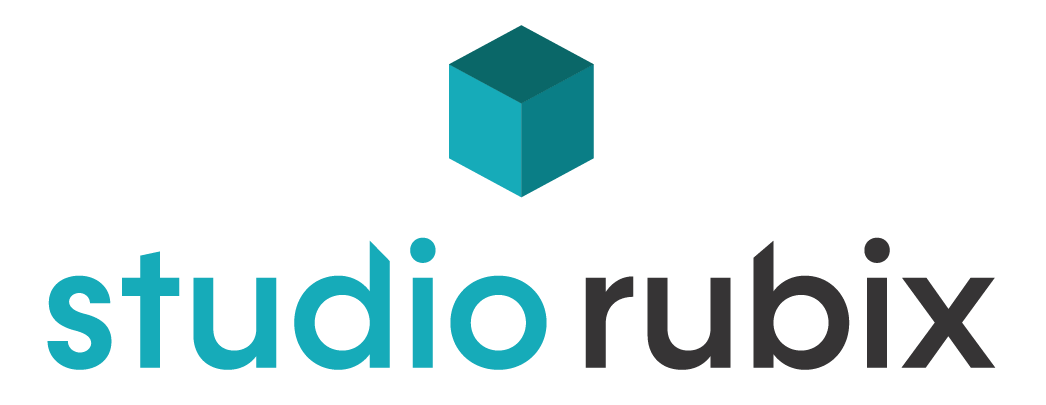by Catherine Coker (Personal Trainer at Studio Rubix)
Everyone at Studio Rubix gets a turn at educating the rest of the staff for 15 mins. When my turn rolled around, I decided to talk about this idea of low cost, high reward activities. You see most of us are juggling many balls, trying as best we can to manage families, work and our personal health and the demands those place on us. To improve our health and wellbeing any additions to our lifestyle need to make sense and be achievable or in reality they will not stick.
Let’s take a look at this idea in context by comparing a range of health based activities using a quadrant graph of low to high cost and low to high reward.
We did this recently in a team meeting at Studio Rubix and the exercise generated some great discussion and I think, mutual understanding of what is worth your time and what perhaps isn’t.
Low cost – Low reward
Inconsistency of activity – Not creating a habit and doing activity sporadically.
Inefficiency – Doing the activity mindlessly or wrong.
Sitting on a swiss ball at a desk.
High cost – High reward
Signing up for something like a marathon overseas and training towards it.
Personal training sessions
Fitness classes
Massage
Chiropractor
Life coach or mentor
Note: I think having one thing in this category at a given time is a great idea. High cost High reward activities are usually highly motivating but because they do take up a lot of time, money or both we reach a capping point as to how many of these activities we can add to our schedule.
High cost – Low reward
Joining a gym, but not attending.
Buying a supplement but taking the wrong dosage or a poor brand with low grade ingredients not specific to you or your goals – without guidance from a health professional.
Personal training or class sessions people buy but don’t attend.
Cookie cutter meal plans or exercise plans.
Low cost – High reward = this is where we had lots of ideas!
Breathing techniques – e.g. Wim Hoff
Breathing properly.
Making your lunch rather than buying it out.
Cold exposure – showering and at the end making the water cold. Use a progressive technique. – Wim Hoff
10 mins of stretching after dinner when the children are in bed.
For every hour you sit you should stretch for a minute to offset it.
PNF stretching, especially ankles.
Snacking on exercise, the idea created by Lauren Parsons.
Doing a Sudoku or similar brain type game or exercise, chess, etc.
Drinking 2L of water a day.
Sleeping 8 quality hours a night.
Attending free or community based classes/events.
Scheduling in ‘Me time.’
Foam rolling.
Being mindful or present in your day to day activities.
Going for a walk.
Creating social time with friends or loved ones.
General movement (non exercise activity) i.e, walking up stairs.
Creating systems or routines.
Limiting alcohol consumption.
Brushing your teeth.
Limiting social media time and replacing it with 1 or 2 of the above.
The category I wanted to zoom in on was Low Cost – High Reward. This is because adding in some of the previous listed health activities may prove to yield great results, while not costing the earth or taking too much of our precious time.
Remember cost does not have to just mean money, cost can be time, energy or frequency of the activity needed to yield results or be of any benefit.
We then did an ankle mobilisation drill and a breathing drill as a group to reinforce how quick and easy it is to do some of these activities. It only took us five minutes all up.
My Personal Low Cost – High Reward Action
What I’m personally currently working on is challenging my mind in new ways more frequently. As a personal trainer, day to day I’m very focused on the body, on how people’s bodies respond to movements. I’ve neglected things like maths and science, subjects I did enjoy using at school. So I’ve downloaded an App which is listed below and am now dedicating 10 minutes a day to do my ‘Brain exercise.’
Every individual will have different needs and for every client we work with a different activity will make more sense for their desired goals and capabilities. That’s ok! You don’t have to do all of the activities, but one or two may really change your health for the better and at very little additional cost.
An important caveat to all of this information and briefly mentioned in the low cost low reward category is when you decide to engage in an activity you need to do it efficiently. It won’t work if you have no idea why you’re doing it, what it achieves or how it’s done properly. This is like, for example, when I say to a client, “do your stretches” or “do your foam rolling at home.” Without knowing it, I’ve just told them to do something they have never been taught how to do properly or really understand why they are doing it and essentially setting them up to fail.
The point here is, you do need to understand why you are doing this new activity and especially how to do it properly or it’s more than likely not going to work or be worth your time or energy. Or you may simply lose interest because you don’t have that ‘buy in’ because you don’t know what the amazing benefits of this new activity are.
To put this into context:
Last week I went to the dentist and realised I’ve been brushing my teeth wrong for 27 years, simply because no-one had ever taught me. It was really simple as it turns out.I thought I was doing a good job and just ticked the box of ‘I’ve cleaned my teeth’ off. I’m not overly passionate about oral hygiene and didn’t realise the importance or impact that had to me personally until I got my first set of bills for fillings. I’m using this personal anecdote because I can apply that same information to all my clients. I don’t assume people have the same level of passion or knowledge to care for their health properly. It’s my job to demonstrate, show, and do new things with them. Teach them how to fish rather than feed them.
Now might be a great chance to book in with your Studio Rubix trainer and go through some of these low cost high reward activities. It might be a great chance to learn about the benefits of foam rolling, stretching or adding some mindfulness practice to your day.
- If you’re a bit of an App geek then here are some of the health apps I’m loving at the moment:
Elevate – Personalised brain training, to keep the mind active.
Go Wod – To facilitate stretching
Wim Hoff method – To facilitate breathing techniques
Habit tracker – To track your chosen healthy habits. - Apple watch specific:
Auto sleep – To monitor your sleep
Zones – To monitor your intensity zones throughout the week
What could you work on?
So then, what could you work on? What simple health activity could you tack into your day or weekly flow? I’d recommend choosing 1 – 2 Low Cost High Reward activities you can implement this week or month. If you need to, put it in your calendar now to remind yourself to begin this new habit. Check back at the end of the month to see how you went with implementing something new that is low cost and high reward. Remember as your trainers we are interested in helping our clients with the big and the small. We are big believers that health and wellbeing is holistic. If you’ve read this blog and an activity has peeked your interest and you’d like to know more or even remain accountable to a habit you’ve chosen, get in touch. We’d love to help, especially right now when our health and wellbeing may need a little more care and nurturing.
From all of the Studio Rubix team we send our well wishes. We hope you and your families are safe and can’t wait to see you back in the studio soon.



